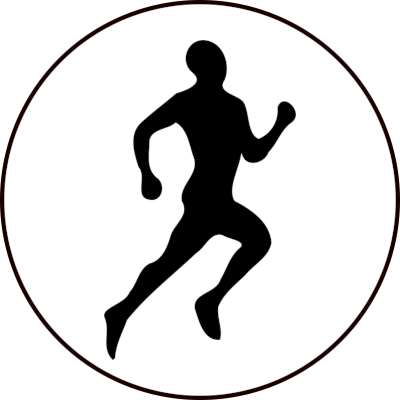I am a runner, on and off depending on injuries and life, for the last 15 years. I fixed my running form best I could, but never got the hang of high cadence. Everyone says that around 180 smp is best, use a Metronom to get used to the speed of the steps. But it always felt forced to me, like extra work with little benefit. So I did my runs at 160 spm. Last Weekend I did 11 km and on the final stretch I stopped the music and listened to my body. I played with the lean of my straight torso and when I shifted my lean forward, my steps got smaller and faster, while I went the same speed.
It was that simple. I checked the t watch and I was spot on. It was not too hard, it felt good, like a balance of fall and catch on every small step. I never got it before, but I think now I do.
I hope my revelation helps someone.


I’m mostly at 160, a bit higher if I go faster, and lower if slower. I think aside from speed, leg length is a decisive variable. I am tall and have long legs, so I don’t expect I’ll ever average above 170.
A good read on this subject:
https://www.outsideonline.com/health/stop-overthinking-your-running-cadence/